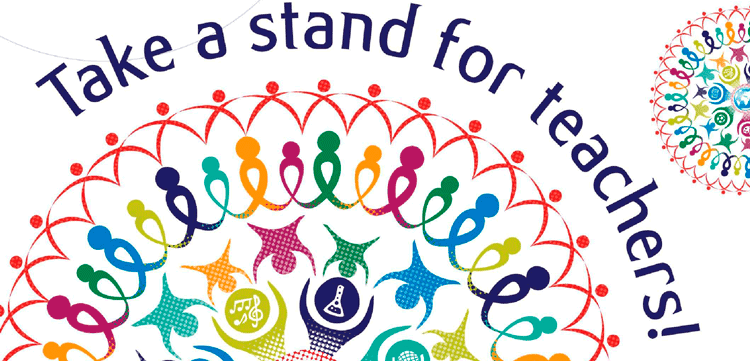If teaching grammar forms the frame for language acquisition, teaching new vocabulary provides students with the building blocks. It is therefore the teacher's responsibility to bring home the value of these building blocks by presenting them in perspective - that is, in a way that is relevant and useful for the students.
In order to do this, educators can use the following 3 broad categories for teaching new vocabulary.
The most basic (but frequently ineffective) approach is to simply give a description of a word. When providing the definition of a word try to keep it as clear-cut as possible by sticking to the present simple tense as far as possible as well as by using simple words (such as
cognates).
Another description is to give a clear, minimalist example (as with definitions) within
a
comprehensible context. This means that students derive the meaning from a context that is not ambiguous and one that students can identify with themselves. For this reason it is recommended that the teacher should draw from appropriate (student) personal experiences when teaching new vocabulary.
All students acquire different pieces of information from a kaleidoscope of topics. Why not use this to your advantage? Get students to fill each others gaps in knowledge by teaching each other. This ould be elevated by using
brainstorming/mind showers. Through peer teaching you as the teacher get to stand back and increase student talk time.
Synonyms involves going from something the students already know to something unknown - something new. This could be especially useful for things like phrasal verbs that have exact equivalents, for example:
You have to return to your office. So, you have to go back to your office.
Antonyms, on the other hand, is where you substitute a familiar word with the opposite (new) word. This is especially good for clear opposite pairs (e.g. tall - short; rich - poor; abundant - scarce; landlord - tenant; sunrise - sunset).
The next step to substituting words would be of course to substitute whole phrases.
You have a good relationship with your neighbor, right? Ah, so you get on with your neighbor.
Another form of teaching new vocabulary through logical conclusions is to make use of
elimination. Take for example the verb “to read” by using a book:
Teacher: Is this a book? - Student: Yes, it is a book.
Teacher: Do you eat a book? (Accompanied by gesture) - Student: No, you don´t eat a book.
Teacher: Do you drink a book? (Gesture) - Student: No, you don´t drink a book.
Teacher: Do you read a book? (Gesture) - Student: Yes, you read a book.
This strategy to teaching new vocabulary includes a
range of props such as drawings, images (e.g. flashcards, posters), videos, Power Point presentations and realia (e.g. real life objects which includes maps, clothes, toys and utensils).
Don´t forget about the "audio" in
audio-visual by making use of sound clips, songs, dialogues and speeches - all of which could be used as backdrop to create context.
The final tool to consider is where you as the teacher use your body to explain vocabulary either by miming, using gestures or any other form of body language to teach new words. On the flip-side you can always get the students involved by getting them to copy movements, point to the right image/word or do an instructed action.
Always remember when teaching new vocabulary should be done in a context that the students understand and find engaging. Make sure that it relates to what they are doing, what they would like to do or to what they will be doing. This should go hand-in-hand with plenty of practice using the new vocabulary.
For more tips and tricks read up on the
basics of teaching vocabulary and decide which of these strategies are the best fit for you!









